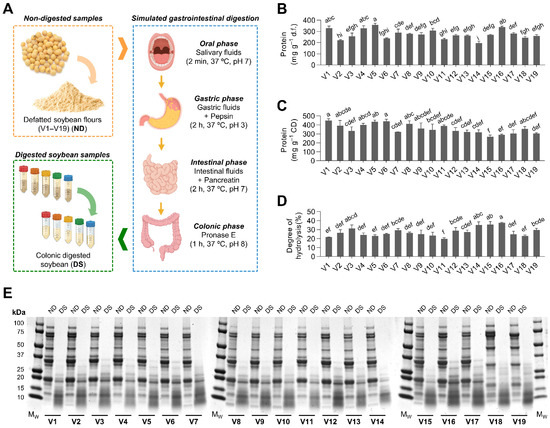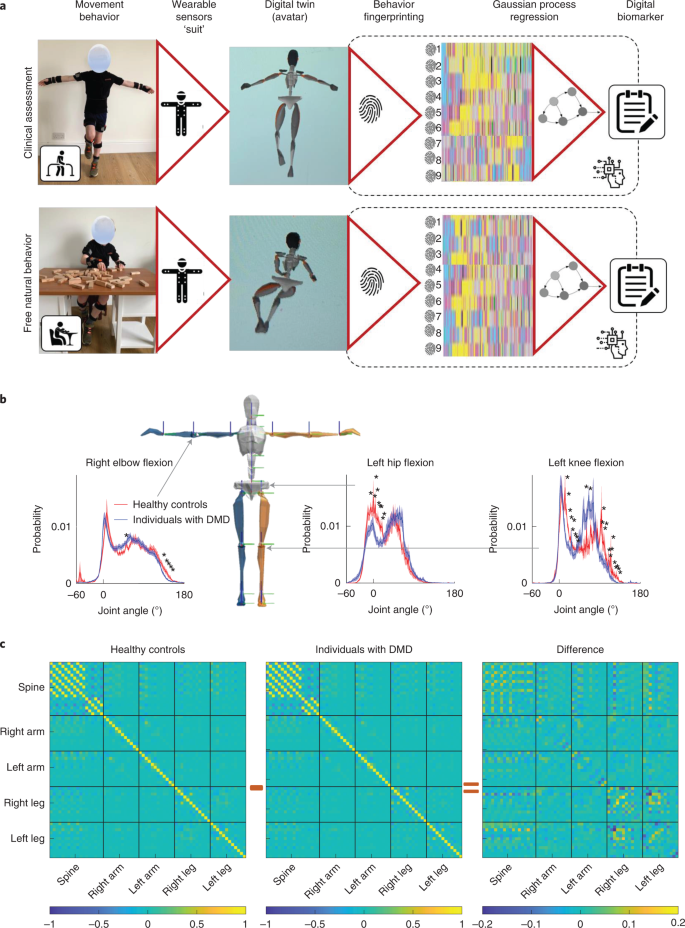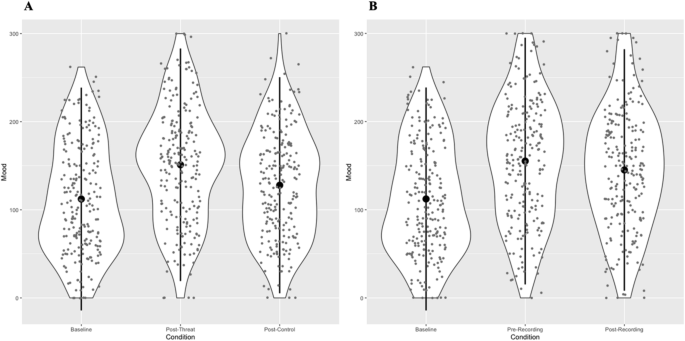2023-01-23 イリノイ大学アーバナ・シャンペーン校
◆B-コングリシニンというタンパク質を豊富に含む大豆粉を摂取すると、LDLコレステロール値が下がり、動脈硬化や脂肪性肝疾患などの代謝性疾患のリスクを下げる可能性があると、イリノイ大学アーバナ・シャンペーン校の食品科学および人間栄養学の教授でこの研究の責任著者エルビラ・デ・メヒア(Elvira de Mejia)は述べています。
◆Antioxidants誌に掲載されたこの研究は、Benson Hill Companyの食品科学者Neal A. Bringeと、研究当時I大学の客員研究員であったMiguel Rebollo Hernanzが共同で執筆したもので、Rebollo Hernanzは論文の筆頭著者です。
◆科学者たちは、大豆のコレステロール低下作用と脂質調整作用について長い間知っていましたが、今回のプロジェクトでは、これらの結果に関係していると考えられている2つの大豆タンパク質、グリシニンとB-コングリシニンを調査し、後者が特に重要であることを発見しました。
◆コレステロールの合成速度を制御するタンパク質であるHMGCRの活性を阻害する能力を、消化物が持つかどうかを調べたところ、その阻害特性は、血中のLDLコレステロールと脂肪レベルが高い場合の治療薬としてよく使われるシンバスタチン(この研究の対照として使われた)に比べて2~7倍低いことが分かった。
◆ANGPTL3は、トリグリセリド、LDLコレステロール、高密度リポタンパク質コレステロールの代謝に関与する酵素を阻害する。LDLコレステロールは、「悪玉コレステロール」としての評判とは対照的に「善玉コレステロール」と呼ばれることもある。 HMGCRとANGPTL3の両方が脂肪肝疾患で過剰に発現しているとのことです。
◆肝細胞が脂肪酸にさらされた後、ANGPTL3の分泌は3倍以上に増加したと、de Mejiaは述べている。しかし、研究チームは、大豆を消化した3品種のペプチドが、グリシニンおよびB-コングリシニン比と相関して、ANGPTL3の分泌を41%〜81%減少させることを見いだした。
◆脂肪酸は肝細胞のLDLコレステロールの吸収を3分の1以上減少させたが、大豆消化物はあるタンパク質の発現を阻害することにより、これを逆転させた。大豆の消化物は、大豆の品種とグリシニンおよびB-コングリシニンの割合に応じて、LDLの細胞への取り込みを25%~92%増加させた。
◆消化物中のB-コングリシニンの濃度が高いほど、血漿中の酸化LDL、エステル化コレステロール、トリグリセリド、HMGCRレベルの減少が大きいことと相関していることを、研究チームは発見しました。
<関連情報>
大豆品種はグリシニン:β-コングリシニン比によって肝LDL-コレステロールの恒常性を制御する Selected Soybean Varieties Regulate Hepatic LDL-Cholesterol Homeostasis Depending on Their Glycinin:β-Conglycinin Ratio
Miguel Rebollo-Hernanz,Neal A. Bringe and Elvira Gonzalez de Mejia
Antioxidants Published: 22 December 2022
DOI:https://doi.org/10.3390/antiox12010020

Abstract
Clinical studies indicate that the consumption of soybean protein might reduce cholesterol and LDL levels preventing the development of atherosclerotic cardiovascular diseases. However, soybean variety can influence soybean protein profile and therefore affect soybean protein health-promoting properties. This study investigated the composition and effects of nineteen soybean varieties digested under simulated gastrointestinal conditions on hepatic cholesterol metabolism and LDL oxidation in vitro. Soybean varieties exhibited a differential protein hydrolysis during gastrointestinal digestion. Soybean varieties could be classified according to their composition (high/low glycinin:β-conglycinin ratio) and capacity to inhibit HMGCR (IC50 from 59 to 229 µg protein mL-1). According to multivariate analyses, five soybean varieties were selected. These soybean varieties produced different peptide profiles and differently reduced cholesterol concentration (43–55%) by inhibiting HMGCR in fatty-acid-stimulated HepG2 hepatocytes. Selected digested soybean varieties inhibited cholesterol esterification, triglyceride production, VLDL secretion, and LDL recycling by reducing ANGPTL3 and PCSK9 and synchronously increasing LDLR expression. In addition, selected soybean varieties hindered LDL oxidation, reducing the formation of lipid peroxidation early (conjugated dienes) and end products (malondialdehyde and 4-hydroxynonenal). The changes in HMGCR expression, cholesterol esterification, triglyceride accumulation, ANGPTL3 release, and malondialdehyde formation during LDL oxidation were significantly (p < 0.05) correlated with the glycinin:β-conglycinin ratio. Soybean varieties with lower glycinin:β-conglycinin exhibited a better potential in regulating cholesterol and LDL homeostasis in vitro. Consumption of soybean flour with a greater proportion of β-conglycinin may, consequently, improve the potential of the food ingredient to maintain healthy liver cholesterol homeostasis and cardiovascular function.


